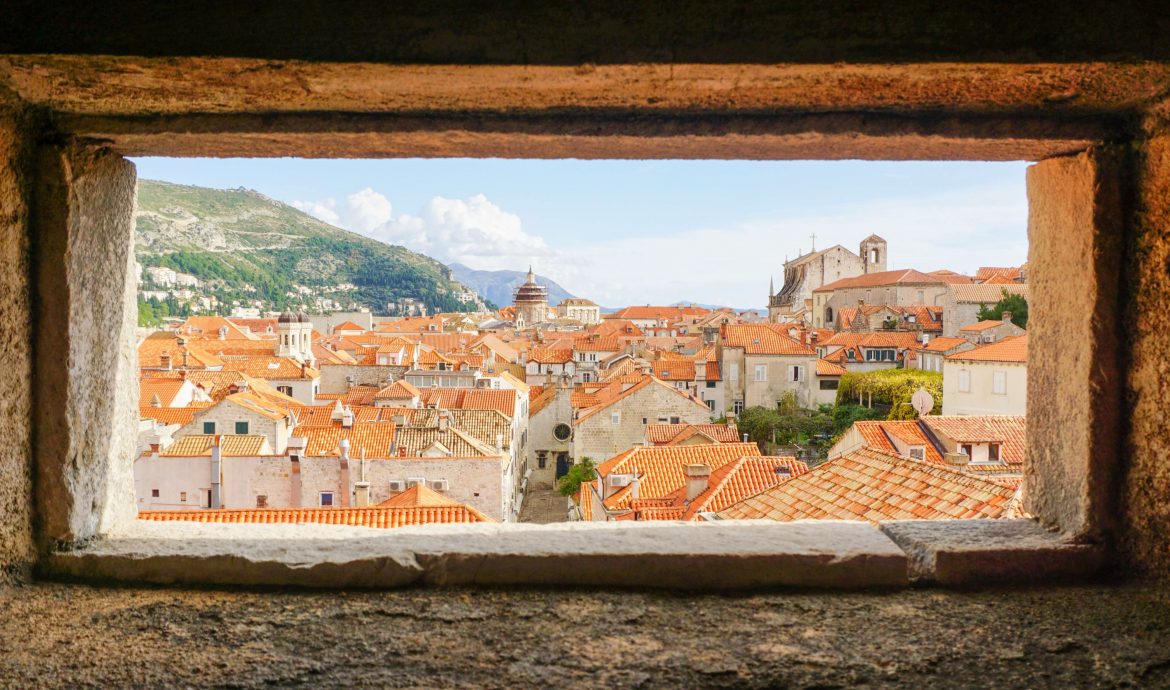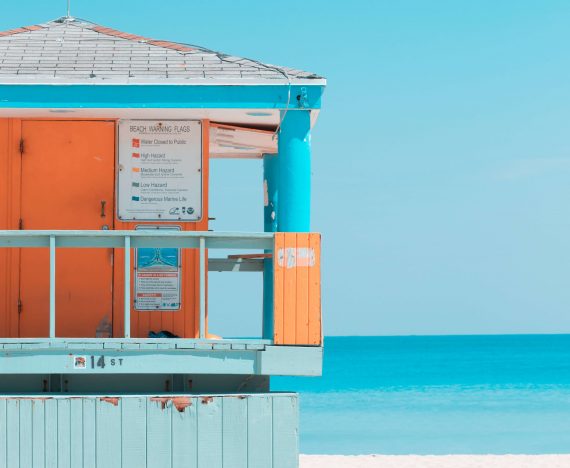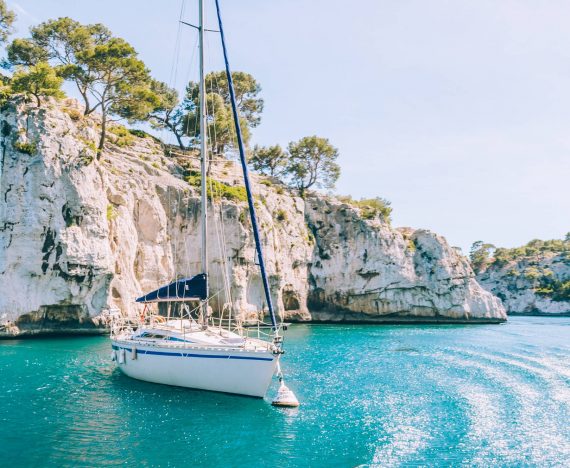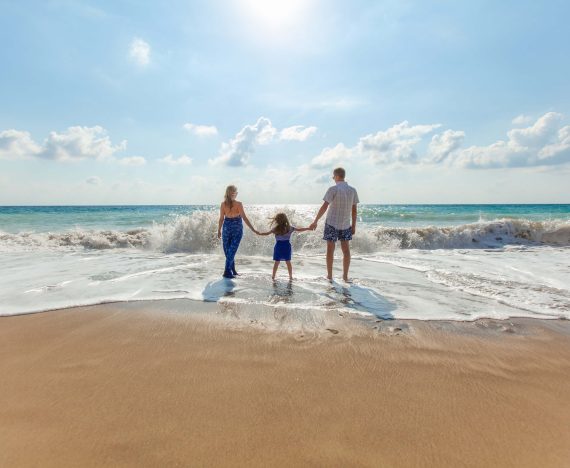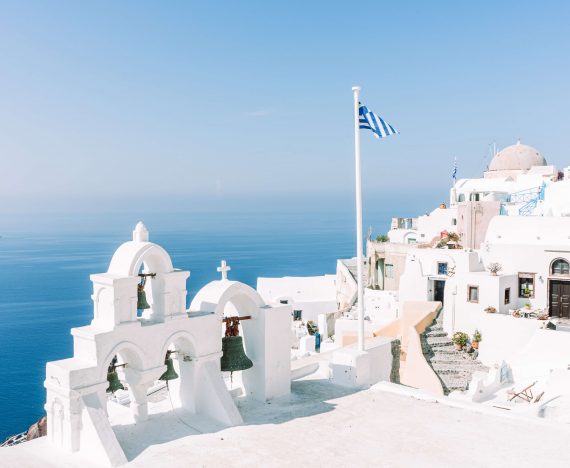10 Best places to travel Europe in 2021
When it comes to the best holiday destinations to travel Europe this year 2021, we’ve looked to densely forested islands, sleepy harbor towns, and sustainable overlooked regions across the continent.
Predicting how travel will look in 2021 is a fool’s errand. But what’s for sure is that this year has hit the joy industry hard: the passion projects, the mom-and-pop businesses, the people doing things right. So traveling in 2021 won’t just be a chance to reconnect with ourselves and feel the buzz of arriving in a new place and a new headspace, alive to new possibilities. In a way, it will be our chance to vote for the kind of world we want to live in: one of sustainable businesses, ecosystems, and communities, rather than of individuals staring into the addictively hollow void of a smartphone screen. It will also be a chance for many of us to remember that we live in a continent that is one of the great patchworks of humanity and geography. Here’s where we’ll be going in Europe in 2021, and it feels increasingly imperative that we all get out and do the same – and make a vote for joy. For more future inspiration, check out our guide to the best holiday destinations for 2021 to visit 2021.
10. THE AZORES
With the possible exception of Iceland, nowhere in Europe does geological drama quite like the Azores – the Hawaii of the mid-Atlantic, with densely forested islands fringed by craggy cliffs that seem to rise out of the nothingness like giant green knees from a primordial bath. The archipelago, 950 miles from the coast of parent country Portugal, is a place of volcanic craters, sulphuric hot springs, breaching whales, and surf breaks overlooked by epic stacks. The archipelago of biospheres and marine reserves has also been a quiet paragon of sustainable tourism, a sort of European answer to Costa Rica. There are ferries and small planes to islands such as Faial, Pico, and São Jorge, but most of the action happens on Sao Miguel, which is well stocked with good places to stay. The classic double-header is to spend a few nights each at two sister hotels: the Azor, with crisp mod-boutique geometry and a rooftop pool overlooking the harbor in the main town of Ponta Delgada; and the Furnas Boutique Hotel up in the mud-bubbling volcanic center of the island, where the star of the show is the black-stone, Japanese-style thermal pool. In Vila Franca do Campo, the whale-watching and diving hotspot half an hour along the south coast from Ponta Delgada, Convento de São Francisco is a 10-room boutique in an elegantly austere 17th-century convent. Other highlights include the Sete Cidades Lake Lodge, a series of timber lodges on a canoe-ready lake in the wild north-west; and the Santa Bárbara Eco-Beach resort, a place of low-slung concrete modernism overlooking a long surf beach on the north coast. By necessity, the food is uniformly locavore, from the islands’ famous cheeses to rare-but-delicious fish such as wreckfish and blue-mouth rockfish, and cozido das Furnas, a seven-meat stew slow-baked in Furnas’s volcanic earth. This is a timeless sort of place; a deep-nature escape, which feels about right in 2021.
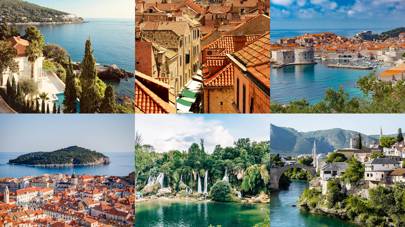
9. DUBROVNIK AND ITS SURROUNDS, CROATIA
Dubrovnik may be a little overrun with Game Of Thrones tourists to travel in europe, but there’s always been a certain magic to this limestone citadel on the Adriatic. And what’s often forgotten is what a great starting point it is for a proper adventure. To the south, it’s less than an hour’s drive past the sleepy harbor towns of the Dubrovnik Riviera to Montenegro – a country which has gradually been rediscovering its post-war mojo, especially with the upcoming arrival of a biophilic-modernist hotel from Janu, Aman’s new younger sister brand. To the north, it’s less than three hours to Mostar, an exquisite Bosnian town of fairy-lit millhouse restaurants and Ottoman stone bridges, not far from the Kravice waterfalls, with a turquoise swimmable lagoon surrounded by Niagara-like falls. But the other way to go is seaward, towards the car-free, tumbledown Elaphiti islands of Koločep, Sipan, and Lopud, easily reached by local ferries. The one to visit in 2021 is Lopud, an island of Renaissance-era stone houses, exotic gardens, and ruined fortresses. Its Franciscan monastery is now open as the five-suite Lopud 1483, after a painstaking 20-year renovation by Swiss art patron and philanthropist Francesca Thyssen-Bornemisza. She and her family have filled the 5,000-square-metre monastery with Renaissance and contemporary art, a Franciscan pharmacy, and a meditation garden designed by an Arctic shaman while preserving the rough plasterwork and patina of the ancient monastery.
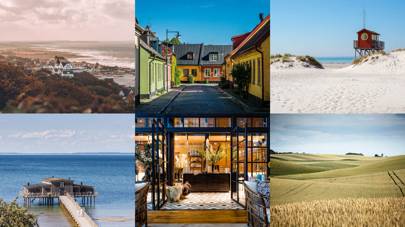
8. SKÅNE, SWEDEN
Sweden’s southernmost county rarely gets the coverage it deserves – in large part because so much buzz is drawn across the Oresund bridge from Malmö to Copenhagen. But Skåne is well-worth exploring, from the patchwork charm of the city to the lakes, wineries, and Nantucket-Esque clapboard coastal towns of the fertile countryside often referred to as Sweden’s larder. Malmö has many of the things going for it that have put Copenhagen and Amsterdam on every most-liveable list going: young, bikeable, streaked with canals and concrete coffee joints, but also home to a beautifully preserved Dutch-Renaissance old town. Yet it remains more mixed than the defiantly tasteful Danish city across the water, especially in areas such as Möllevången, an arty, multicultural part of town known to locals as Falafel City. And Sweden’s relatively relaxed Covid-19 regulations have meant that hip locavore haunts such as Bastard, Vollmers, and the Höganäs Saluhall food hall, as well as zero-waste lunch favorite Restaurang Spill, have held onto their mojo heading into 2021. A taste of Skåne produce is a good precursor to a journey to the countryside: whether south to the beach huts and marram-grass dunes of the Skanör-Falsterbo peninsula or north to the clapboard seaside town of Mölle, where the Grand Hôtel Mölle grandly looks over the pebble beach and the wild Kullaberg Nature Reserve, with its porpoises and lighthouse hikes. Beyond Mölle, Båstad is another classic seaside town, with a traditional kallbadhus (cold bathing house) spa at the end of a wooden pier, belonging to the heritage-soaked Hotel Skansen. All across the county, which is generally quieter than the Stockholm archipelago, there’s a low-key sense of provenance at places such as at the zero-waste Hörte Brygga in the southwest, with its wonderful water-side garden in the summer. Like a European answer to New England, this is the most genteel of escapes.
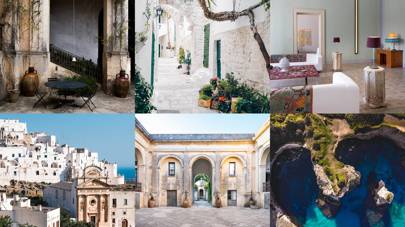
7. SALENTO, ITALY
For a real Italian escape when you plan to travel europe in 2021, we’ll be heading all the way to the bottom of its heel. Frequently shorthanded as the country’s answer to Cornwall, on its own hot frequency, the Salento region offers a rough-cut version of the best of Italy – from the almost Caribbean west coast to the plunging cliffs of the west coast; from Brindisi down to southernmost Santa Maria di Leuca via the baroque fantasy of Lecce, all gargoyles and limestone columns. This is a dry, ochre-hued land of olive groves and cliff-jumping kids, too languid to have much of a scene. The Cucina Povera tends to be homely and unfussy: take the surprisingly wonderful gnummareddi, or lamb-offal rolls, served in the walled garden at A Casa Tu Martinu in Taviano; or the grilled bream at Lo Scalo, built into the cliffs at Marina di Novaglie, and run by the Longo family for half a century. Nonetheless, a series of small smart stays have upped the game here in recent years. Such as the nine-room Palazzo Daniele in Gagliano del Capo, a 19th-century townhouse given a lush mod-monastic makeover by hotelier Gabriele Salini – the place where travel disruptor Thierry Teyssier launched his 700,000 Heures ‘ephemeral hotel’ concept. Or Masseria Canali, a low-slung, seven-bedroom villa of arches and antiques west of Brindisi, which opened for takeovers this summer with a pool worthy of A Bigger Splash.

6. TIMIȘOARA, ROMANIA
This western Romanian city is often referred to as Little Vienna, with its grand Habsburg Secessionist buildings and circular city center. In truth, it’s not as glossily refined as the Austrian capital, but really that’s the point. Even in its grand center, the first place in Europe to have electric street lights, Timișoara doesn’t feel like a tourist trap. And, like other Romanian cities, including Cluj-Napoca and Sibiu, there’s a palpable sense of youthful optimism in this student town. Many of the city’s establishments have the feel of someone’s living room – such as Scârț Loc Ledger, a bric-a-brac bar owned by an artist’s collective, with an overgrown garden, an adjoining theatre, and a museum of Communist consumerism in the basement. Elsewhere, there are jumping club nights at underground Database and jam sessions at the graffiti’d Aethernativ Café, with faint echoes of early Noughties Berlin. There are festivals in Timișoara for everything from world music to film, Romany art, and jazz, the latter of which has always been big here, even when Ceaușescu pushed it underground. The National Opera House has opera and ballet classics, with tickets for the price of an IPA in London, and the art ranges from a street-art gallery in a road tunnel to the Muzeul de Arta’s collection of wry portraits by Corneliu Baba. All of which led it to be named European Capital of Culture for 2021, a designation which may get pushed back a few years in the wake of Covid-19. Label or not, this is a proper city of culture, and well worth a city break.
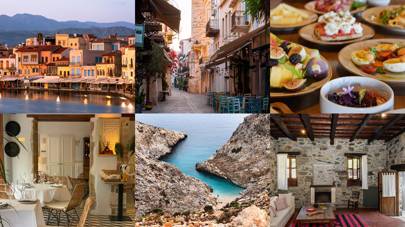
5. CHANIA, CRETE, GREECE
While its Ottoman-influenced harbor and spaghetti bowl of cobble-stoned streets are delicately beautiful, Chania is packing a real punch when it comes to its food. From simple seaside cafés to exquisite Cretan fine dining, this city on the northwest coast of the Greek island has a select but quickly expanding scene that’s luring in expert palates.

4. HELSINKI, FINLAND
Forget the magnificent architecture and superb waterfront dining spots, if there’s one thing Helsinki has in spades, its steely-eyed focus. In 2018, the city plowed more than 99 million euros into its arts and culture scene, bolstering an already meaty offering of museums, concert venues, and galleries. The result is a truly world-class cultural city – exciting enough to rival Cophenhagen and Stockholm – filled with genre-busting design spots and fringed by Baltic archipelagos which leave a satisfyingly salty taste in the air.

3. EL HIERRO, THE CANARY ISLANDS
Shrugging off the archipelago’s unwarranted package-holiday reputation, the lesser-known Canary Islands are stepping into the spotlight for 2021. The sun-blasted Spanish chain off Africa’s Atlantic coast – a network of black, white, and butter-gold beaches – is home to awe-inspiring landscapes, from lush banana plantations to laurel forests. But instead of busy Gran Canaria and touristy Tenerife, it’s the smaller, more characterful spots that are rising to claim the Canaries’ must-visit mantle.
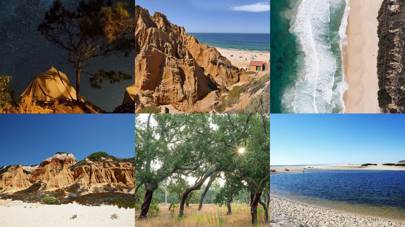
2. MELIDES, PORTUGAL
With pristine sands, tiny village squares, and, well, very little else, Melides is Portugal but not as you know it. Right in the middle of the untouched Alentejo coast, this low-key rural hillside village is already being hailed as the new Comporta by those in the know. But there’s little in the way of boutique hotels and trendy art galleries here. Instead, deserted beaches and miles of vineyards, rice fields, and cork oaks are slowly drawing in clued-up artists.
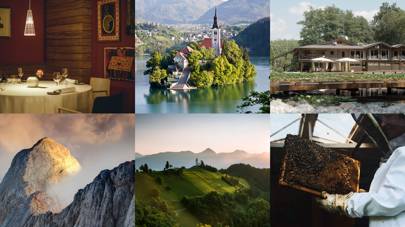
1. SLOVENIA
It’s somewhat mind-boggling that Slovenia – tucked between old favourites Italy and Croatia – hasn’t been overrun already. After all, its turquoise rivers, glacier-fed lakes and soaring, snow-capped peaks are pretty enough to make even seen-it-all sorts weak at the knees. The country’s most famous landmark, Lake Bled, is more peaceful than any of Europe’s better-known lakes. But for now, at least, it remains blissfully unbusy; a place of wide-open spaces, splendid solace and restoratively pristine air.
Source: The 10 best places to visit in Europe in 2021 | CN Traveller

